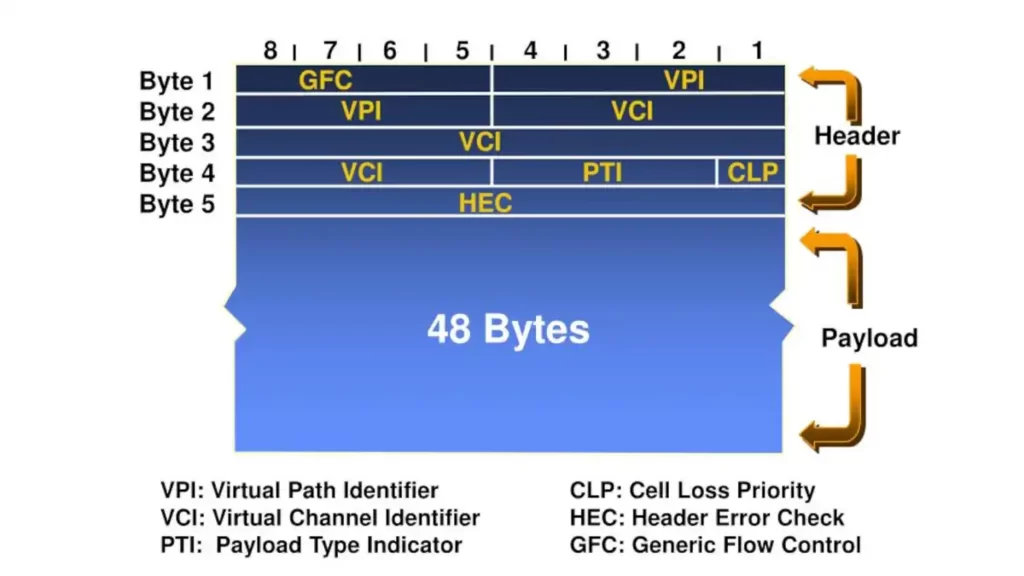In computer networking, a Payload Type Indicator (PTI) is a field in a data packet that indicates the type of data being transmitted. It is used to identify the format of the payload, which is the portion of the packet that carries the actual data being transmitted.

The PTI is typically included in the header of a data packet, which is the portion of the packet that contains information about the packet itself, rather than the data being transmitted. The PTI is usually a numerical value that corresponds to a specific type of data, such as audio, video, or text.
The Payload Type Indicator is used by the receiving device to determine how to interpret the payload of the packet. For example, if the PTI indicates that the payload contains audio data, the receiving device will know to process the payload as audio data and pass it along to the appropriate audio playback software or hardware.
The PTI is an important element of data packet transmission, as it allows devices to communicate with each other and exchange data effectively. Without the PTI, a receiving device would not know how to interpret the data in the payload, and the transmission would fail.
Examples of Payload Type Indicators
Examples of payload type indicators (PTIs) include:
Audio: PTI values that indicate audio data include 0 for PCM audio, 8 for audio encoded using the G.711 codec, and 9 for audio encoded using the G.722 codec.
Video: PTI values that indicate video data include 26 for video encoded using the H.261 codec and 32 for video encoded using the H.263 codec.
Text: PTI values that indicate text data include 96 for text encoded using the T.140 codec, which is commonly used for real-time text transmission over the internet.
Other data types: PTI values can also be used to indicate other types of data, such as image data, file transfer data, or data encoded using proprietary codecs.
Overall, the PTI is used to identify the type of data being transmitted in a data packet, allowing the receiving device to interpret and process the data correctly. The specific PTI values used may vary depending on the type of data being transmitted and the protocols and standards in use.